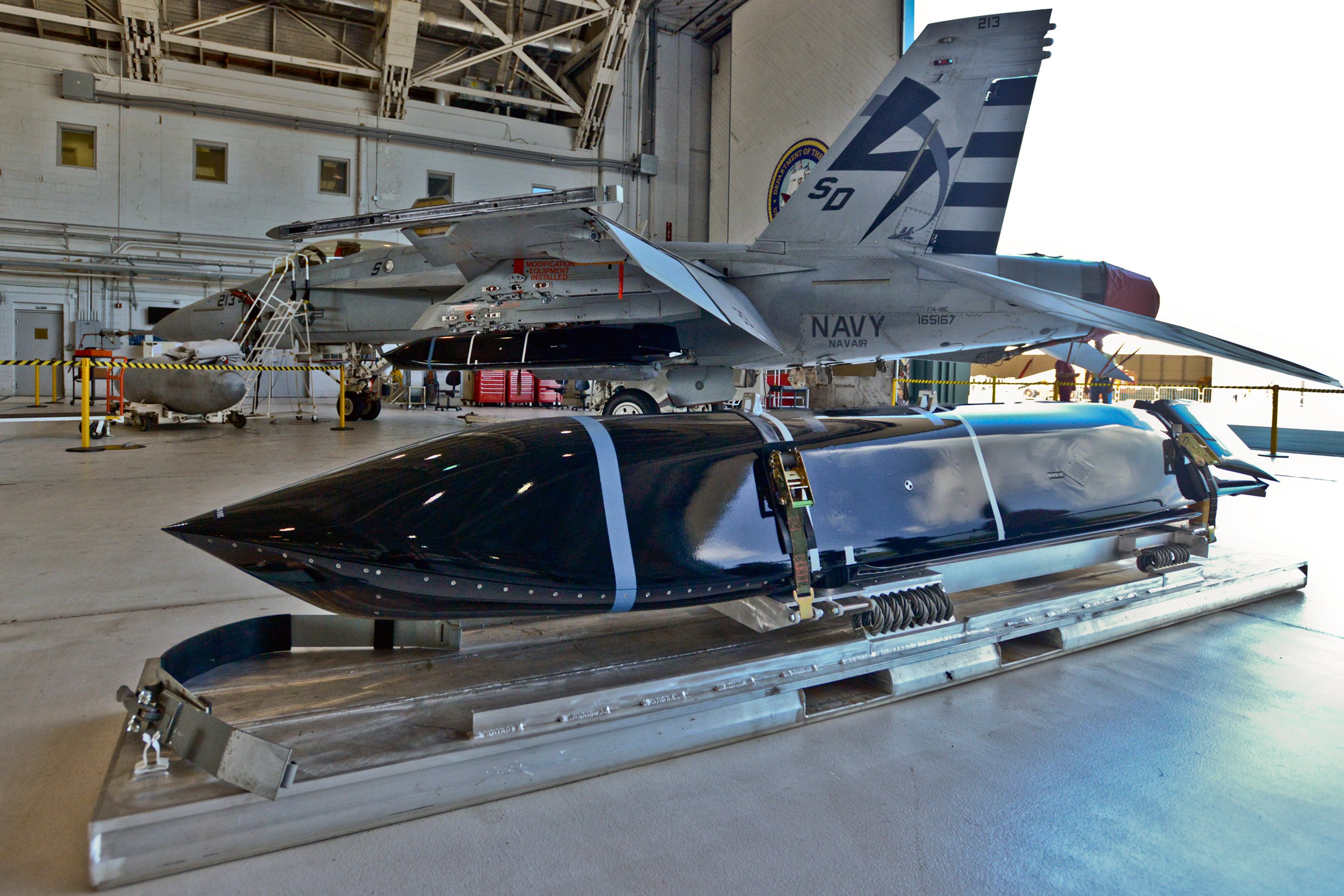
Operating under a $321 million contract from Naval Air Systems Command (NAVAIR), Lockheed Martin is set to complete the critical design review (CDR) for the company’s Long Range Anti-Ship Missile (LRASM) next month, company officials told USNI News on Tuesday.
Completion of the CDR will kick off a round of testing for the use of the missile on the Boeing B-1B Lancer supersonic bomber and Boeing’s F/A-18E/F Super Hornet fighter with a goal of an early operational capability on the Lancers by the end of 2018 and the Super Hornets in 2019, Mike Fleming, Lockheed’s LRASM air launch program director said.
“They’re calling it the integration and test phase, that goes through now through fielding and encompasses the rest of the test program for both of the platforms to get it fielded,” Fleming said.

The missile – based on the company’s long-range Joint Air-to-Surface Standoff Missile-Extended Range (JASSM-ER) – is part of an urgent operational need first laid out by U.S. Pacific Command for a new air-launched anti-ship missile in 2009.
“I need weapons systems of increased lethality that go faster, go further, and are more survivable,” PACOM commander Adm. Harry Harris told the Senate in February.
The “subsonic ship-to-ship munition, the Harpoon, is essentially the same missile we had in 1978, when I was a newly commissioned ensign.”
The need from PACOM began with two contracts with DARPA and the Office of Naval Research that successfully proved the LRASM could be launched at a moving maritime target from a B-1 bomber.
The LRASM program – also known as the Offensive Anti-Surface Warfare (OASuW) Increment I – is the first of several new or modified weapon the Pentagon is working on to help bridge a decades-old gap in anti-surface weapons development that stalled during the wars in Iraq and Afghanistan.
Meanwhile, several much more modern Russian and Chinese anti-surface weapons have emerged.

Other anti-surface weapons that are in the works are an anti-surface variant of the Raytheon Tomahawk Land Attack Missile (TLAM) set to field on ships and submarines in 2021 and an anti-surface variant of the Raytheon Standard Missile-6 (SM-6).
Additionally, Lockheed Martin intends to conduct a vertical launch test of a LRASM from a Navy guided-missile destroyer sometime later this year, company officials told USNI News.





